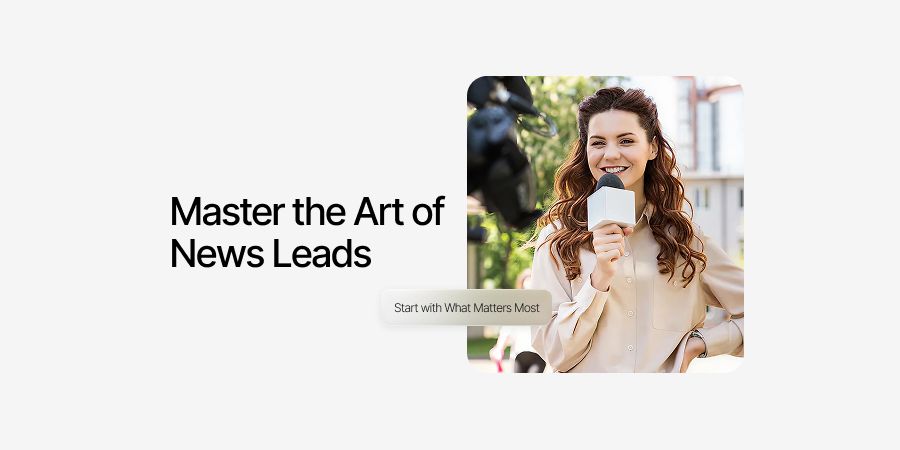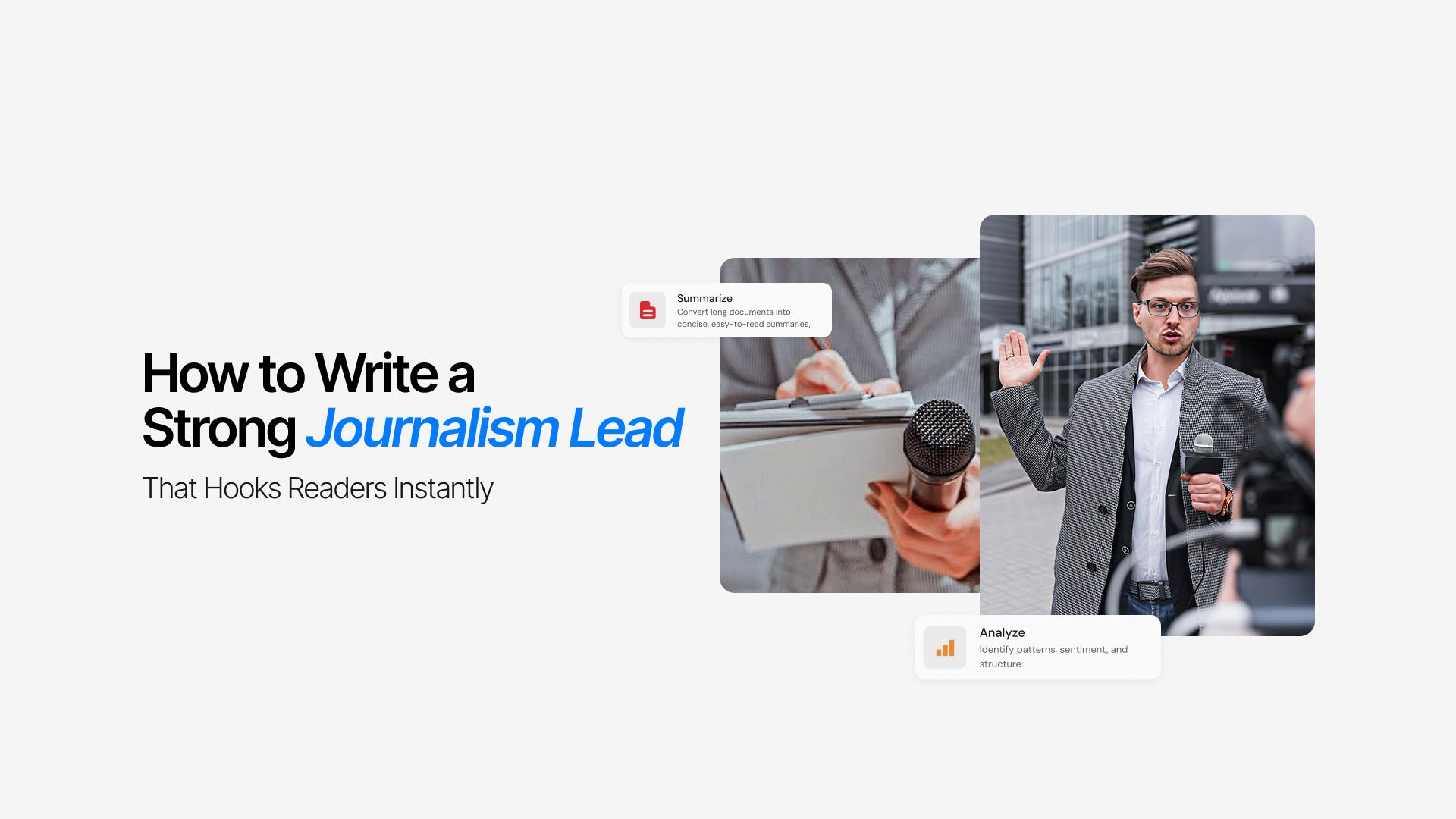
How to Write a Journalism Lead That Hooks Readers Instantly
The first line can make or break your story. A strong lead grabs attention and pulls readers in right away.
A story either hooks the reader in seconds or fades into the background. The lead decides which way it goes. Editors call it the test of survival.
Jack Cappon, the Associated Press writing coach, once described it as “the agony of square one.”
He was right. A weak lead kills the piece before it begins. A strong lead carries the weight of attention, tone, and trust.
In today’s digital press cycle, where readers bounce after a glance, a lead has to work twice as hard. It must grab, inform, and guide without spoiling everything. It also serves another role now: visibility in search engines.
A sharp lead can earn space in featured snippets, making it valuable for both journalism and discoverability.
What Is a Journalism Lead?
A journalism lead is the opening sentence or paragraph that signals what matters most in a story. It compresses the core of the report into a single entry point. It tells the reader what the piece is about and why they should keep going.
Classic reporting models frame a lead as the summary of who, what, when, where, why, and how. Yet in practice, the strongest leads balance facts with voice.
Bill Blundell, former Wall Street Journal editor, put it simply: “If you don’t hit them in the gut in the first line, you won’t hit them at all.”
In digital spaces, the lead has taken on additional weight. It shapes how search engines classify the article, how readers preview it in snippets, and how social platforms display it. That means a modern lead carries both journalistic and algorithmic responsibilities.
Types of Journalism Leads
Different stories need different leads. Learn the main styles and when to use each.
The Summary Lead
The summary lead is the backbone of hard news. It condenses the core facts into one or two crisp sentences. Readers see the who, what, when, where, why, and how right away. This format is trusted in breaking stories, politics, crime reports, and anything requiring clarity over style.
Example: “The city council approved a $12 million housing project on Tuesday, aiming to add 500 affordable units by 2026.”
This style has endured because it respects urgency. Readers searching for updates expect the information upfront, not buried under narrative. It is also search-friendly, often aligning with queries such as “what happened,” “who said,” or “where did it occur.”
The Anecdotal Lead
Some stories demand a human touch. The anecdotal lead starts with a character, a scene, or a vivid action before connecting to the broader issue. Pulitzer winner Edna Buchanan was known for this, turning crime beats into gripping human dramas.
Example: “Gary Robinson walked into a fried chicken restaurant hungry. Minutes later, he was shot dead by a guard.”
This form works for features, profiles, and investigative reports where empathy or curiosity matters as much as the facts. It resonates strongly on social platforms because it reads like storytelling, not just reporting.
The Descriptive Lead
A descriptive lead paints the scene. It draws the reader into the environment, the mood, or the tension before dropping the news. Sensory details matter here: sounds, sights, emotions.
Example: “Smoke curled above the stadium as thousands of fans pressed against the gates, chanting long after the final whistle.”
Descriptive leads excel in sports journalism, culture reporting, and human-interest pieces. They also help with SEO by embedding natural, scene-driven language that mirrors user queries like “what was it like at” or “inside look at.”
The Question Lead
Editors debate the question lead. Many argue it feels lazy. Others say it works if done with precision. The key lies in asking a question the reader desperately wants answered.
Example: “What happens when a city runs out of clean drinking water?”
This form should be used sparingly. A weak or obvious question risks losing authority. But a sharp, provocative one can boost engagement and even win featured snippets in search results.
The Quotation Lead
Sometimes, the power sits inside a voice. A quotation lead drops the reader straight into dialogue or a striking statement.
Example: “‘We were not prepared,’ admitted the mayor as floodwaters swallowed the town.”
Dos of Writing a Strong Journalism Lead
When writing a journalism lead, here’s what you should do.
Start with What Matters Most
A good lead tells readers the most urgent fact first. Identify the strongest angle. Ask yourself: if the story were cut to one sentence, what must remain? That answer is your lead.
Keep Language Tight and Active
Clarity wins over cleverness in journalism. Use short words, strong verbs, and active voice. A lead that says “Floods destroyed 200 homes” has more impact than “200 homes were destroyed by floods.”
Think About the Reader’s Search Intent
People land on stories with questions in mind. A strong lead answers the “what happened” or “why it matters” query fast. Leads written with natural phrasing often perform better in search results.
Build Curiosity Without Withholding Facts
Leads can pull readers forward by hinting at tension or stakes. Provide enough information to earn trust, but leave space for curiosity. The trick lies in balance: give a clear picture without revealing the entire story.
Learn from Masters of the Craft
Writers like Tom Wolfe, Gay Talese, and Joan Didion built reputations on unforgettable leads. Studying how they used rhythm, character, and detail can sharpen your own style. Wolfe once said, “The lead must grab the reader by the throat.” That advice holds.
Don’ts of Writing a Journalism Lead
There are certain actions that don’t fit in when writing a journalism lead.
Don’t Bury the Main Point
A reader should not need to dig through paragraphs to understand why the story matters. Leads that hide the news risk losing both trust and clicks.
Don’t Overload with Details
Names, numbers, dates, and subplots jammed into a single sentence overwhelm readers. Cut to essentials first, then build context in the following lines.
Don’t Rely on Clichés or Empty Phrases
“Right around the corner,” “game changer,” and “at the end of the day” drain credibility. A lead filled with overused language signals weak reporting.
Don’t Start with Dictionary Definitions
Explaining what a word means wastes space and attention. Readers want answers, not textbook introductions. Defining journalism in a journalism article, for instance, adds no value.
Don’t Sacrifice Accuracy for Drama
A flashy lead that distorts facts damages credibility. Sensational phrasing might boost clicks in the short term but undermines long-term authority. Readers remember when trust is broken.
Examples of Strong Journalism Leads
Good leads stand out immediately. These examples show how strong openers make stories more powerful.
The Straight News Lead
“A 6.3-magnitude earthquake struck southern Italy on Tuesday, destroying homes and forcing thousands to flee.”
This lead answers the immediate who, what, where, and when. It works because it delivers urgency in one clear hit.
The Anecdotal Lead
“When Maria woke up at 3 a.m., the floodwater was already at her bed frame.”
This approach humanizes the event. A reader sees the crisis through one person’s eyes before being guided to the larger context.
The Statistical Lead
“One in three teens now consumes news primarily through TikTok, according to a new Reuters report.”
Leads built on credible data instantly position the piece as authoritative. They also work well in SEO as search queries often include figures.
The Quote Lead
“‘I thought I was going to die,’ said James Porter, the only survivor of Monday’s plane crash in Nevada.”
Quotes can grab attention, but they must carry weight. The voice has to be central to the story, not filler.
The Descriptive Lead
“Smoke curled across the skyline, turning mid-day into a gray dusk over Los Angeles.”
Visual detail pulls readers into the scene. Used sparingly, descriptive leads give the sense of being present at the moment of reporting.
Common Mistakes to Avoid in Journalism Leads
Small errors can weaken your writing. Avoid these common mistakes to make your leads sharper.
Overstuffing the First Sentence
Readers should not wrestle with a 40-word opener. Long leads bury the main point. Break detail into smaller pieces across the first three paragraphs instead.
Using Vague Language
Terms like “officials are looking into it” lack punch. Replace with specific action. Who are the officials? What exactly are they doing? Specificity builds authority.
Leading with Questions
Editors often frown on question leads. Readers come to stories for answers, not open-ended riddles. Unless the question is provocative and sharp, it feels lazy.
Chasing Cleverness Over Clarity
A witty pun might make a headline sing, but it rarely serves a lead. News requires clarity above all. Cleverness that confuses is wasted space.
Repeating Information Already Known
A lead must bring something new. Restating background knowledge adds no value. Focus on fresh developments or the sharpest angle.
How to Choose the Right Type of Lead for Your Story
To choose the right type of lead for your story, you have to do a few certain things.
Match the Lead to the Story Type
Not every story needs the same style of opening. A breaking news piece demands urgency and facts. A feature thrives on color and emotion.
-
Hard news: Choose a summary lead. Deliver facts first.
-
Features or profiles: Lean on anecdotes or descriptive leads.
-
Data-heavy reports: Open with a compelling statistic.
-
Human-interest stories: Begin with a quote or a vivid moment.
Consider the Reader’s Intent
Readers click into articles for different reasons. Some want quick updates. Others want depth. Knowing intent helps you shape the hook.
-
Fast-moving events: Use direct summary leads.
-
Explainers or guides: Frame the lead with context and clarity.
-
Investigative pieces: Build tension with a descriptive or anecdotal lead.
Align With Platform and Publication Style
Tone varies across outlets. A lead on a business news site looks different from one on a lifestyle magazine. Match the house style without sacrificing clarity.
-
Financial press: Stick to concise, fact-driven language.
-
Lifestyle or culture sites: Experiment with more creative, scene-setting leads.
-
Blogs or digital-first media: Blend clarity with conversational energy.
Factor in Audience Expectations
Every publication attracts a specific audience. Students, executives, policymakers, or casual readers expect different levels of detail and tone. Shape your lead with them in mind.
-
Academic or expert readers: Lean toward data and precision.
-
General readers: Prioritize relatability and simple explanations.
-
Younger audiences: Use punchy, modern phrasing but remain credible.
Learn From Authority Voices
Writers like Edna Buchanan and Tom Wolfe shaped entire schools of lead writing. Buchanan showed the power of brevity with lines like “Gary Robinson died hungry.” Wolfe demonstrated how descriptive leads can set mood and voice. Studying these voices sharpens your sense of what works in different contexts.
Practical Steps to Write Your Own Journalism Lead
Here is the step by step process to write your own journalism lead.
Step 1: Identify the Core of the Story
Every lead begins with a decision – what matters most to the reader. Focus on the strongest angle. Ask yourself: is it the who, the what, the why, or the impact? Prioritize clarity over cleverness here.
Step 2: Decide on the Lead Style
Different stories call for different approaches. A local election update may need a direct summary lead. A profile of an athlete might benefit from an anecdote. Choose between summary, descriptive, anecdotal, or statistical based on story type and intent.
Step 3: Keep the Language Sharp and Active
Leads lose energy when written passively. Strong verbs drive momentum. Compare “The decision was announced by the board” to “The board announced the decision.” Readers respond to writing that moves with purpose.
Step 4: Balance Brevity With Substance
A good lead is short but not empty. Aim for 25 to 35 words. Give enough detail to signal direction, but avoid stuffing all six W’s into a single line. Leave something for the following paragraph.
Step 5: Test With the Reader’s Lens
Before finalizing, ask: does this hook me? Would I read past the first line? If the answer is no, rework it. Sometimes trimming one word or shifting the order of phrases makes all the difference.
Step 6: Refine Through Iteration
Great leads rarely emerge on the first draft. Write two or three variations. Try one with a stat, one with a quote, and one with a descriptive image. Compare them and select the strongest.
Common Mistakes Writers Make in Journalism Leads
When writing journalism leads, writers and journalists often make mistakes that are avoidable, yet they appear repeatedly. Let’s learn about these mistakes that you should be wary about.
Overloading With Information
Trying to cram every fact into the first line weakens the lead. Readers don’t want a data dump at the start. Instead, focus on the single most important element that sets the story apart. The rest belongs in later paragraphs.
Using Passive or Weak Language
A passive lead feels flat. “The meeting was attended by several officials” lacks power. Replace it with “Officials gathered for a meeting that set new budget rules.” Strong verbs create momentum and credibility.
Falling Into Clichés
Phrases like “right around the corner,” “needless to say,” or “only time will tell” kill originality. Editors flag them instantly, and readers disengage. Avoid worn-out lines and aim for specific, fresh detail instead.
Writing Leads Too Long
A bloated lead signals sloppy editing. Readers skim past anything that feels heavy. Keep it tight, ideally under 35 words. Let the nut graph or second paragraph expand the detail.
Asking Weak Questions
Question leads rarely work. They often sound lazy, leaving readers annoyed rather than intrigued. A lead should answer questions, not pose them. Exceptions exist only when the question is provocative and sparks curiosity.
Hiding the Hook
Sometimes writers bury the strongest detail deep in the article. The hook belongs upfront. Whether it’s a quote, a stat, or a striking fact, showcase it before the reader loses interest.
Strong Examples of Journalism Leads With Explanations
Here are some examples of journalistic leads.
The Punch Lead
Example: “The president is dead.”
Short. Direct. Shocking. This lead from reports on John F. Kennedy’s assassination proves how three words can stop readers cold. Brevity amplifies gravity. It shows that sometimes fewer words hold the most power.
The Descriptive Lead
Example: “Midnight on the bridge… a scream… a shot… a splash…”
This reads like cinema. The rhythm sets a scene that drags readers into the event instantly. Descriptive leads succeed when they turn the first line into imagery that demands attention.
The Anecdotal Lead
Example: A New York Times piece on a man chasing his pet squirrel began with a quirky story before revealing it led to chaos in the park. By opening with an odd, relatable anecdote, the writer pulled readers into a much bigger narrative.
The Statistic Lead
Example: “Eight out of ten Americans carry debt that shapes their daily decisions.”
Numbers, when surprising or alarming, grab attention fast. This type works in business, health, or policy stories where data instantly signals relevance and urgency.
The Quotation Lead
Example: “Let us pretend we see many weeds,” Francisco Galvez told his friend Rafael.
A lead pulled from dialogue feels raw and human. It immerses readers straight into the story’s core moment. Quotation leads work when the line reflects tension, irony, or depth.
The Contrast Lead
Example: “Gary Robinson died hungry.”
Pulitzer-winning reporter Edna Buchanan wrote this after a shooting at a fried chicken restaurant. The contrast between the craving and the tragedy hits harder than any standard report could.
Conclusion
Writing a journalism lead is more than just an exercise in style. It sets the stage for the entire story, signals credibility, and decides whether readers continue. Every great journalist treats the lead as the hardest sentence to write – and the most important.
Keep these factors in mind:
-
Decide the most important fact before writing.
-
Keep language active, sharp, and simple.
-
Match the lead style to the story type.
-
Revise several times before finalizing.
Strong leads don’t appear by accident. They emerge from discipline, clarity, and practice. Once mastered, they turn ordinary reporting into compelling journalism that captures attention from the very first line.
Suggested Reads
Frequently Asked Questions
Here are the top journalism lead-related questions we receive.
More topics you may like

How to Write a Cover Letter with No Experience Using AI Chat

Muhammad Bin Habib
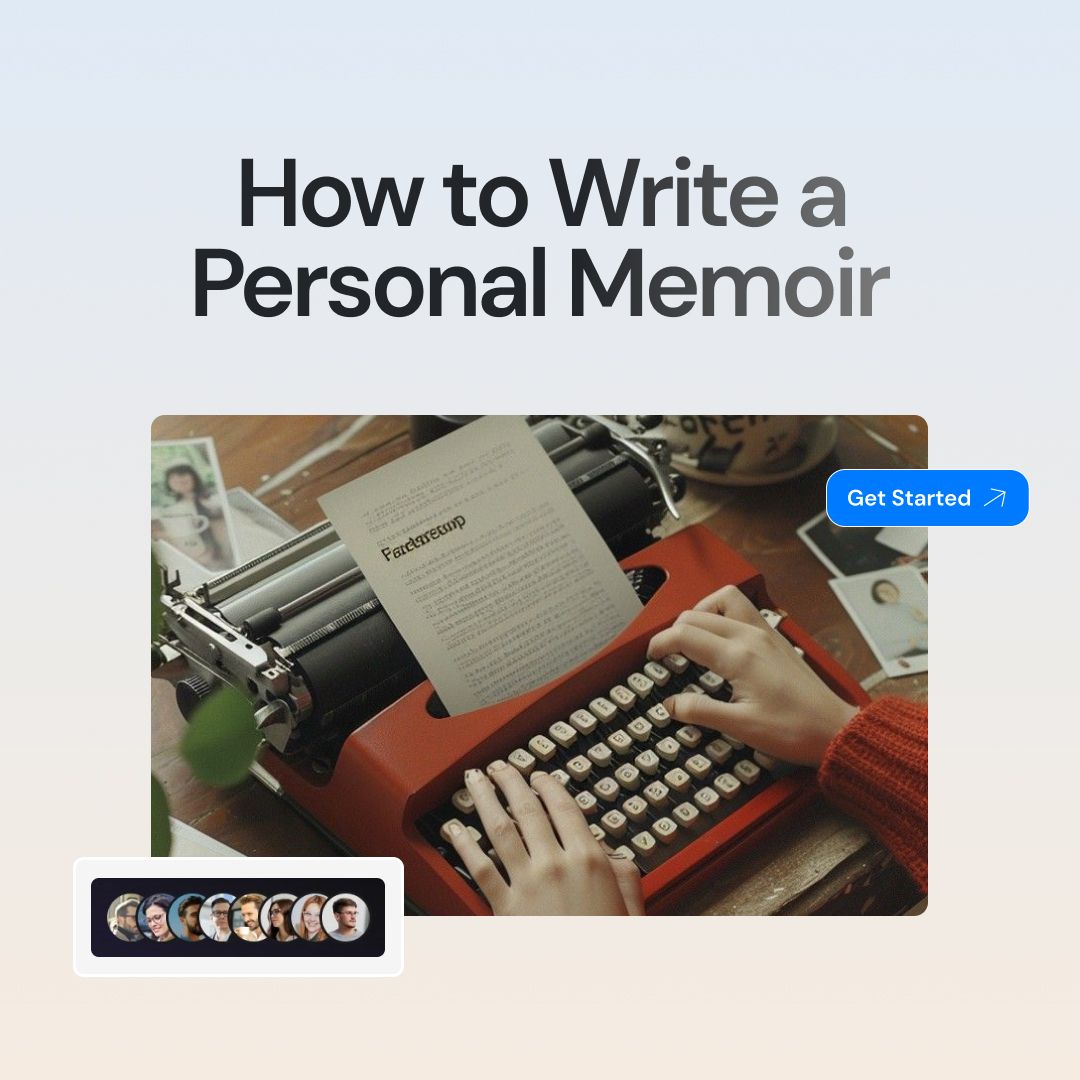
How to Write a Great Memoir: How to Start & Finish Your First Draft

Muhammad Bin Habib

How to Write AI Art Prompts: A Complete Guide

Muhammad Bin Habib
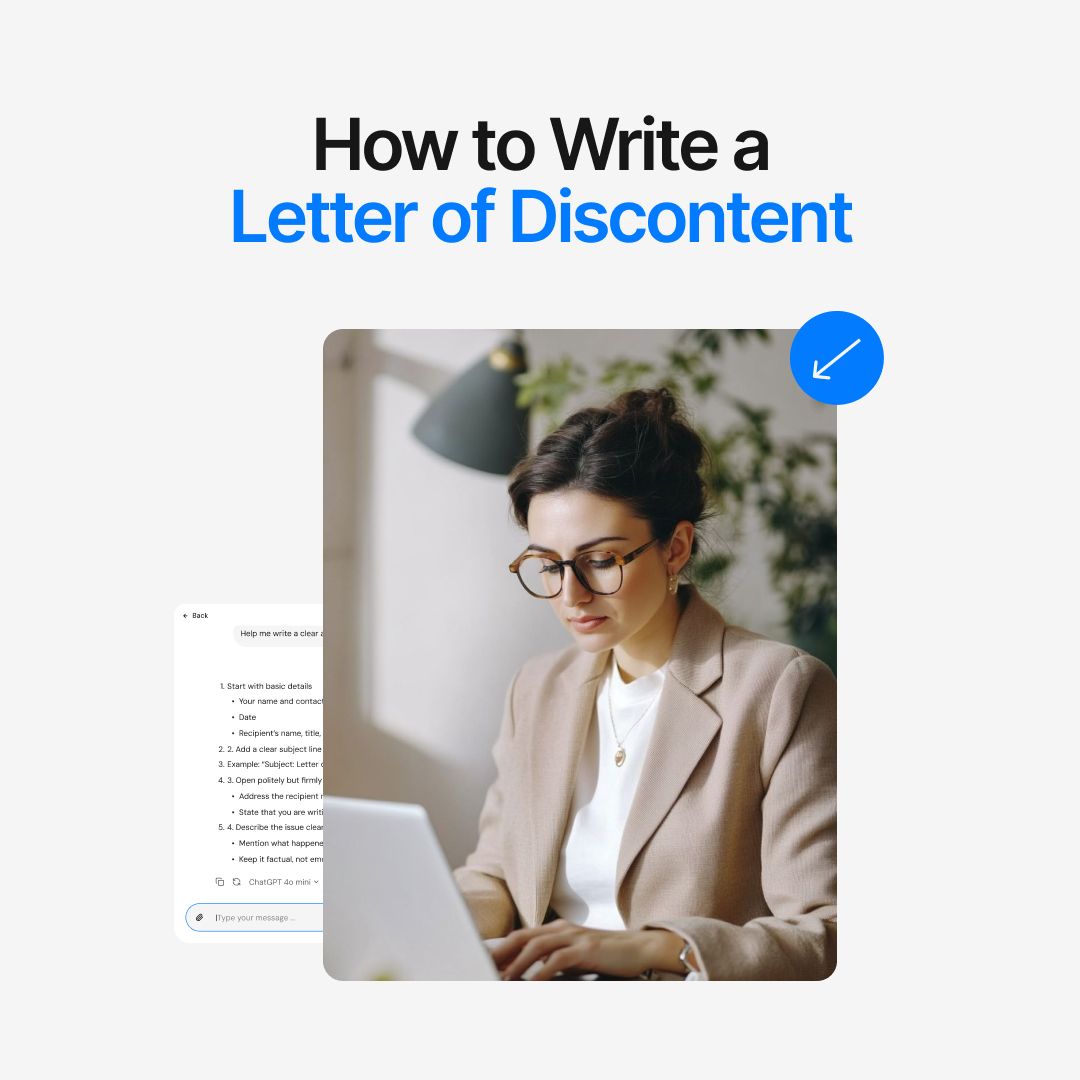
How to Write a Letter of Discontent That Conveys What You Feel

Muhammad Bin Habib
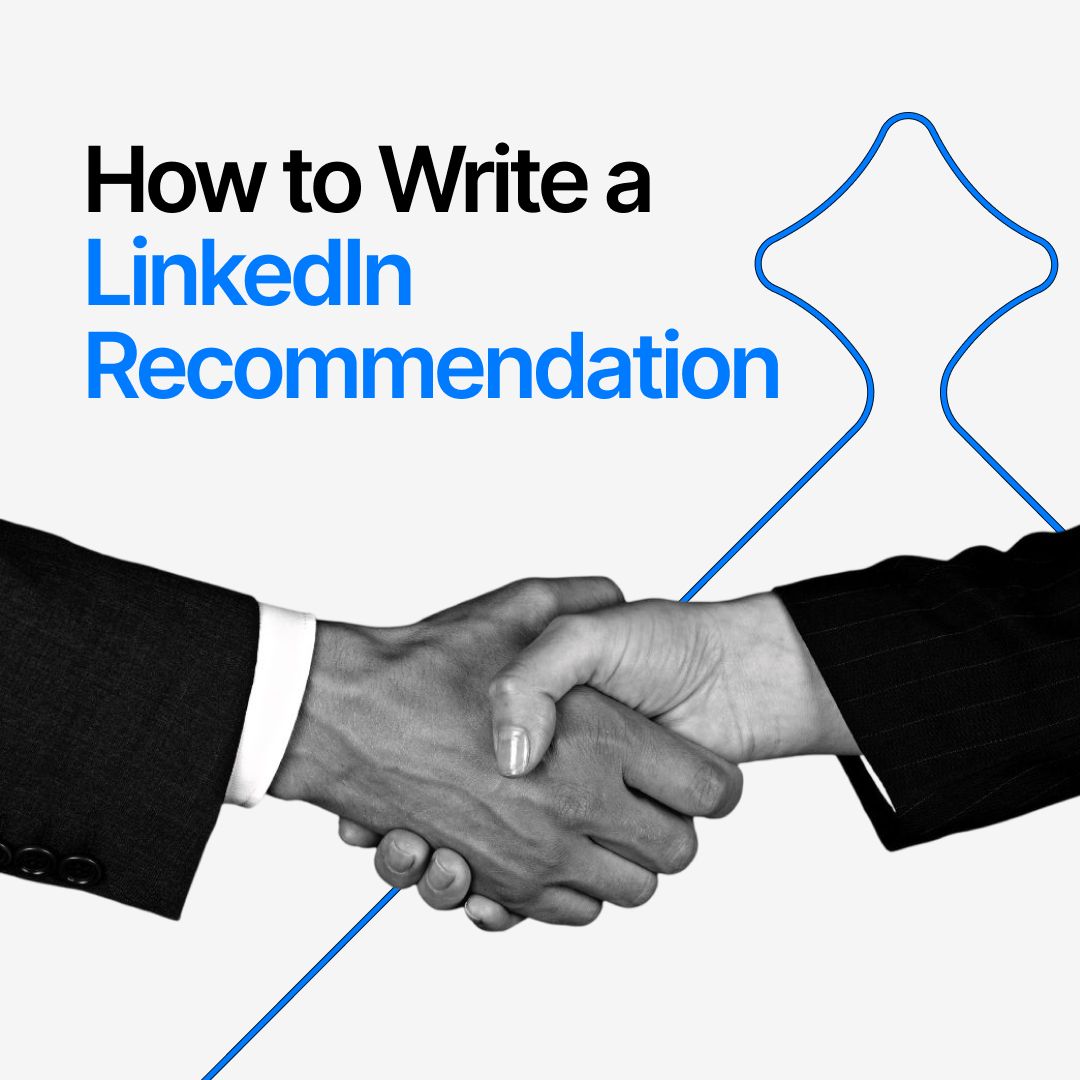
How to Write a LinkedIn Recommendation in 2025

Muhammad Bin Habib
